Veterans Day, Armistice Day, St. Martin's Day
Three November 11th traditions remind us that peace is not the mere absence of war, but the presence of men willing to fight for the good.
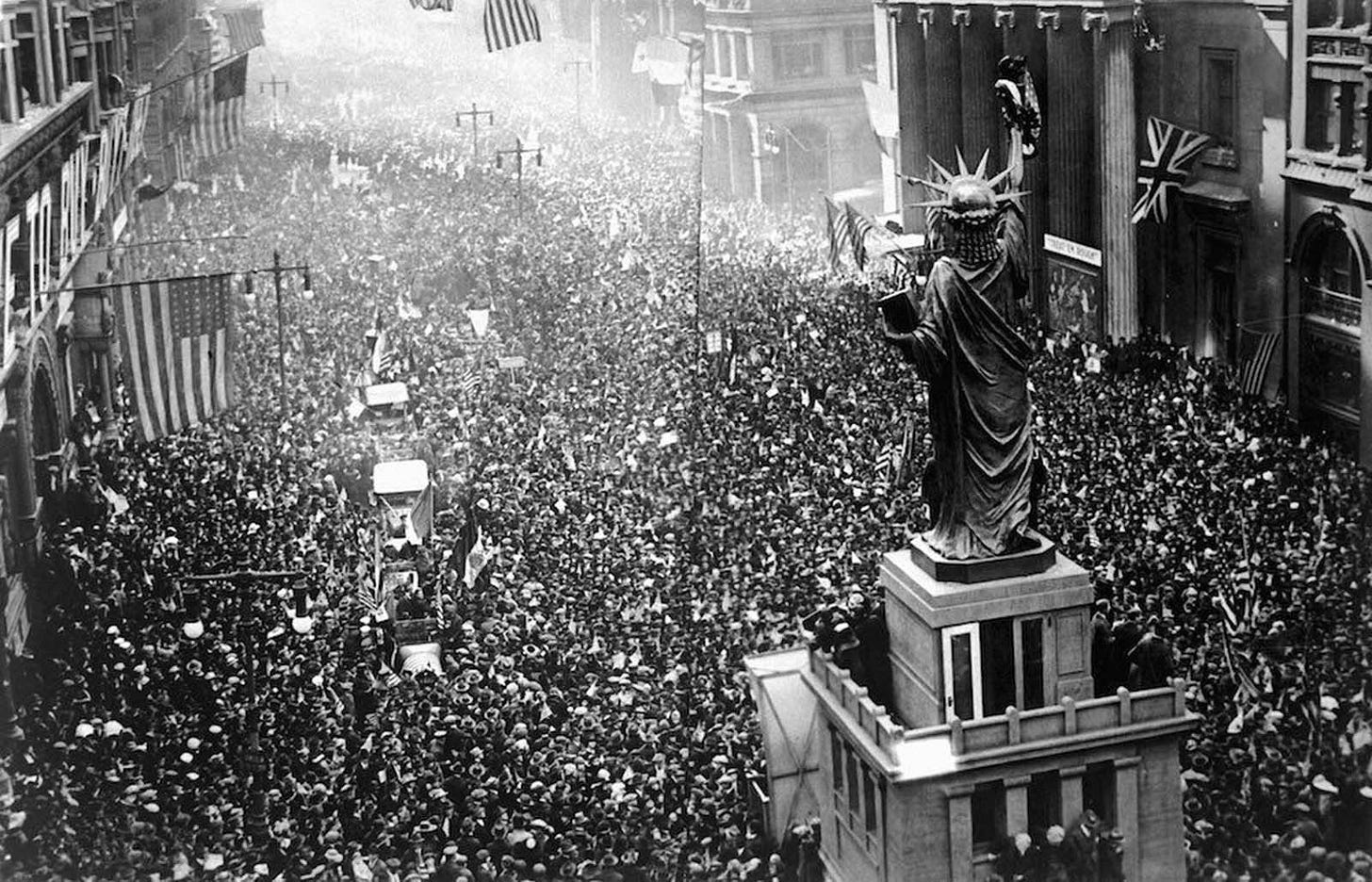
This essay is free, but with Premium Membership you get MORE. Join today.
by Rod D. Martin
November 11, 2025
November 11th, a single square on the calendar, carries three names and three lessons for the modern West. Veterans Day, honoring those who fought for our Republic. Armistice Day, marking the end of the First World War, so cataclysmic its survivors called it simply The Great War. And St. Martin’s Day (or Martinmas), an ancient Christian feast commemorating Martin of Tours — the Roman soldier who laid down his sword for Christ and spent the rest of his life fighting a greater battle for souls.
Three observances. One date. One truth: civilization survives because virtuous men step forward to bear its burdens.
The origin of what we now call Veterans Day is the commemoration of the end of The Great War. The armistice that ended World War I, in a time before we needed to number our global nightmares, went into effect at “the eleventh hour of the eleventh day of the eleventh month” — intentionally trinitarian symbolism — November 11, 1918. Part of the reason for its selection was that it was Martinmas, a day of peace, reconciliation, and the laying down of arms, named for a man traditionally seen as the protector of France.
H.G. Wells called The Great War “the war to end all wars.” Allied leaders quickly picked up that language, casting the conflict as a great crusade for liberty and peace. Woodrow Wilson said that allied war aims were not territorial but rather to “make the world safe for democracy”. Collectively they created a great League of Nations to secure that future.
Some of that even proved true.
The war killed 20 million men and women, and with them, the old world. That pre-war order, born from the ashes of the Napoleonic Era, had been one largely characterized by peace, ever-increasing prosperity, and a relentless march toward liberty across the Occident. Serfdom and slavery ceased, mostly without bloodshed, while the common man was enfranchised even in places like the German Empire, a constitutional monarchy not much less free than 1914’s Britain despite Allied propaganda to the contrary. On a technological basis, the world of 1914 would have been more unrecognizable to someone from Napoleon’s time than our world to someone living a century ago.
Then came the war.
A generation of Europe’s youth was lost. The greatest powers on Earth were bankrupted, in fact or so nearly as made no difference. And that was but the beginning of the troubles, because so high a price in blood and treasure brought with it the demons in our natures.
It is no wonder that the war’s end, four years after the foolish promise of “home by Christmas”, became one of the West’s most significant and solemn remembrances. It was a respite. It was a day of mourning. And it was a hope that the blood spilled in the Argonne and Flanders Fields had not been shed in vain.
But above all, it was a recognition, that civilization survives because some stand up and sacrifice. In this, the strong protect the weak, the innocent, the great majority who otherwise would be ravaged by a rapacious foe.
In that, the selection of St. Martin’s Day was all the more appropriate.
Martin began life not as a monk or theologian but as a soldier of the Roman Empire. His father, a veteran tribune, raised him in the north of Italy. Yet even as a boy, Martin was drawn toward Christ, seeking baptism against his parents’ wishes in an age when the Empire’s vicious persecutions were all too recent. Drafted into the cavalry at fifteen — as the sons of officers often were — he became known not only for discipline and bravery but for a compassion unusual in a Roman military culture that prized hardness above all.
One freezing night outside the gates of Amiens, he encountered a beggar shivering and near death. Martin had no money, so he drew his sword, cut his cloak in half, and wrapped the man in it. That night he dreamed of Christ wearing that same half-cloak, saying to the angels, “Here is Martin, the Roman soldier, who clothed me.”
Martin’s break with the army was not a matter of timing but conviction. He refused to fight under Julian the Apostate, declaring that he could not shed blood in service of an emperor who had set himself against Christ. Accused of cowardice, he offered to take his place on the front lines unarmed, but before he could be tested, a truce intervened, and Martin was discharged.
Having left the army after years of valiant service, Martin gave the rest of his life to evangelism — founding monasteries, preaching across the countryside, overcoming paganism, confronting heresy, and bringing whole regions of Gaul to Christ. As bishop of Tours, he became one of the most effective missionaries of the early Church: still courageous, still disciplined, still a warrior, but battling for souls rather than Caesar.
St. Martin’s Day is little known in America, but in Europe — especially in the regions most deeply scarred by the War — it is one of the most enduring and beloved feasts of the Christian calendar, with children carrying homemade paper lanterns through the dark streets from their school or market to the parish church. Families feast after the harvest, churches reenact Martin’s charitable deeds, and especially in Medieval times, all Christendom marked the laying down of arms, the end of the campaigning season, and the return of soldiers to their homes.
For more than a millennium, November 11th had been a day of mercy, reconciliation, and the sheathing of the sword in honor of the soldier-saint who had laid his own weapons aside to serve a higher King. So when the guns finally fell silent on that same date, the very air Europe breathed was saturated in the symbolism of the ancient feast of peace.
But peace is never free. Men of courage risk their lives and shed their blood that others may live in that peace. Indeed, Christ Himself shed His blood that sinners might be reconciled to the Father and all who will might be saved. This is the essence of Christendom. It is also the reason we celebrate our veterans.
After World War II and Korea, Congress renamed November 11th “Veterans Day”, to honor all our citizen soldiers since before the founding of the Republic, men and women who have served and sacrificed for our safety and our freedom. They volunteered to defend people they’ve never met. They chose discomfort, danger, separation, and the possibility of death so that millions of others could live peaceful lives back home. They willingly carried others’ burdens, and paid with their lives for decisions they neither made nor sometimes even understood.
They are my 11th great-grandfather Thomas Graves at Jamestowne. They are my 5th great-grandfather Joseph Martin in the American Revolution. They are my grandfather Foy Evans flying B-17s, and my father Dallas Martin in Germany at the height of the Cold War. They are my nephew William Mitchell volunteering for the War on Terror.
They are Nathan Hale in New York, Davy Crockett at the Alamo, Doris Miller at Pearl Harbor. And perhaps your own sons or grandsons yet to be born.
So today, let us remember all those who’ve served, from Tours to Ticonderoga, from Midway to Mosul.
And let us resolve to be the kind of people deserving of such men and women. To raise our children to honor courage rather than mock it; to love their country rather than despise it; to cherish the liberty others bought with their lives rather than trade it for the false security of socialist tyranny.
We must do so for our children’s children. But we must also ensure “that these dead shall not have died in vain — that this nation, under God, shall have a new birth of freedom — and that government of the people, by the people, for the people, shall not perish from the earth.”



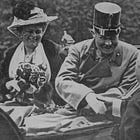
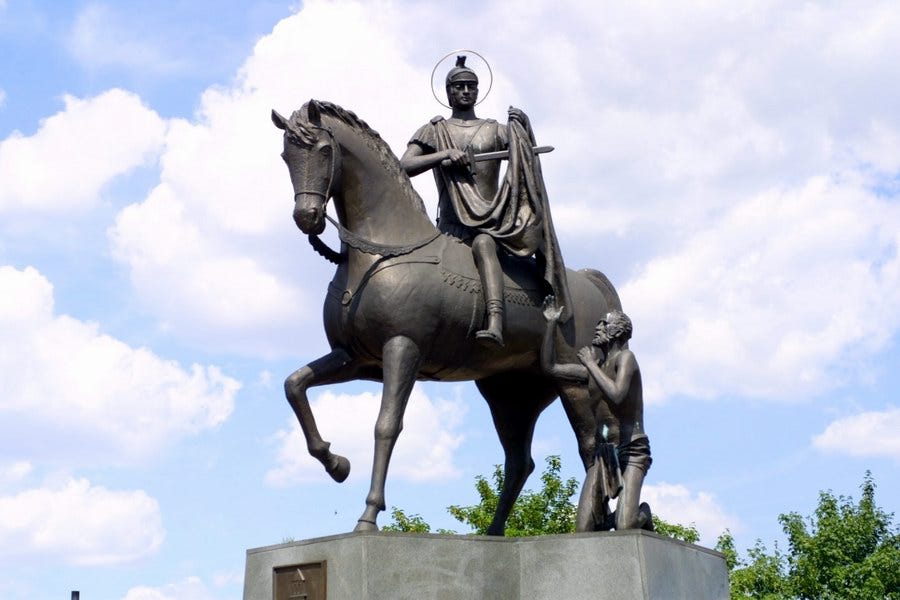
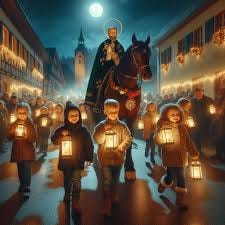

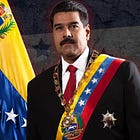

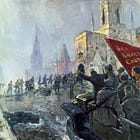

Amen. Be it so.
Thank you!